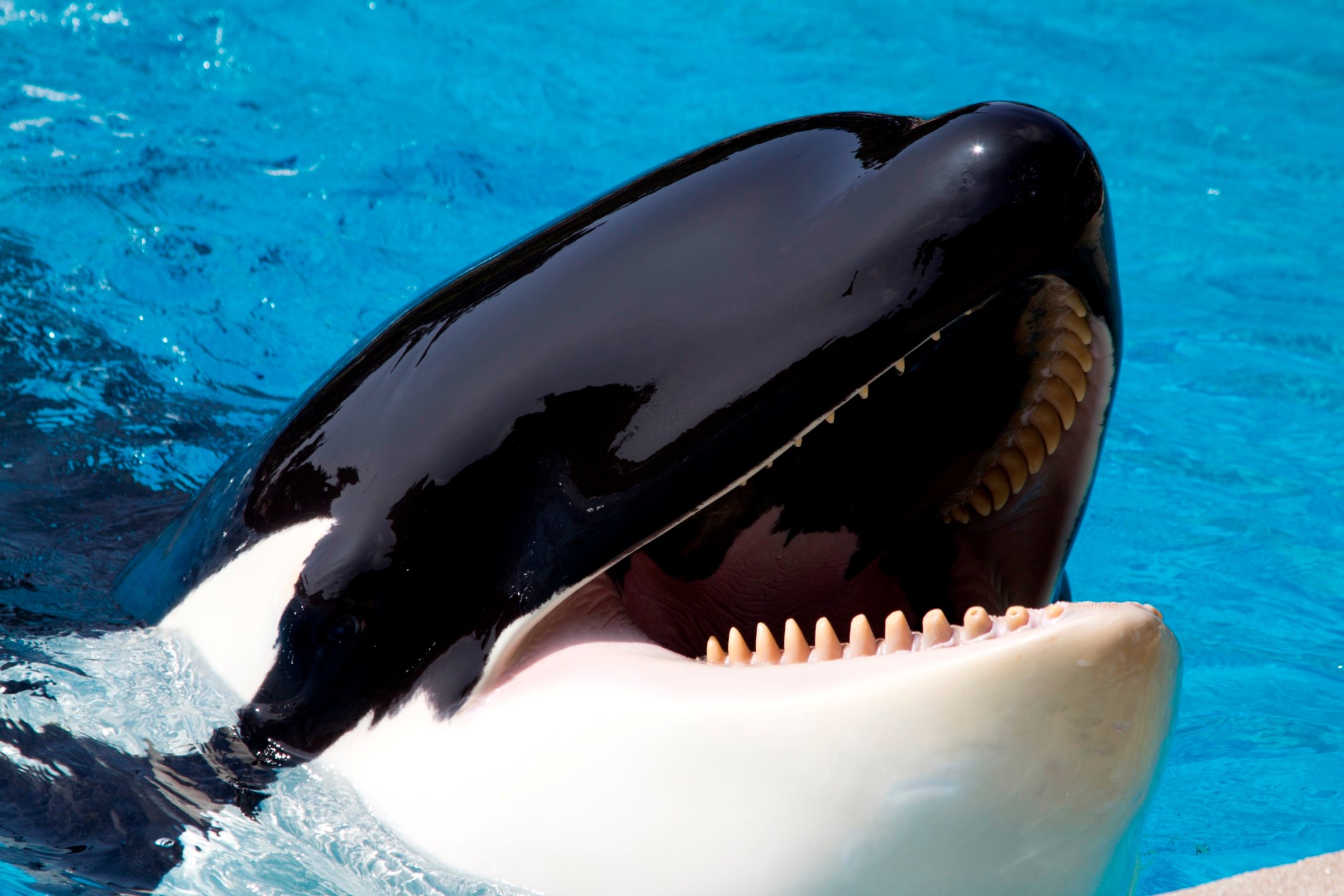It is hard to show whales to visitors at a whale viewing facility when the company owning them cannot breed them. Eventually the company runs out of whales to show. That is SeaWorld Entertainment Inc.’s (NASDAQ: SEAS) latest problem. Source: Thinkstock
Source: Thinkstock
The company’s management disclosed:
SeaWorld Entertainment, Inc. announced today that it will review its options in light of the California Coastal Commission’s approval of the Company’s Blue World Project with certain conditions. Those conditions include prohibiting breeding or transporting the whales at the facility.
“While we appreciate the opportunity to present the Blue World Project to the Commission, and are pleased that the Commission recognizes the benefits of the planned expansion, we are disappointed with the conditions they have placed on their approval,” said Joel Manby, President and Chief Executive Officer of the Company. “Depriving these social animals of the natural and fundamental right to reproduce is inhumane and we do not support this condition.”
Named the Blue World Project because of its size and scope, this first-of-its-kind killer whale environment is planned to have a total water volume of 10 million gallons, nearly double that of the existing facility.
Those options seem slim to none.
ALSO READ: 10 Cities Where You Don’t Want to Get Sick
SeaWorld is already in trouble, as its second-quarter earnings show:
During the second quarter of 2015, the Company generated revenue of $391.6 million, a decrease of $13.5 million, or 3%, versus the second quarter of 2014. Adjusted EBITDA was $100.2 million compared to $126.1 million in the second quarter of 2014. The Company reported net income of $5.8 million, or $0.07 per diluted share, and Adjusted Net Income of $18.7 million, or $0.22 per diluted share in the second quarter of 2015. In the second quarter of 2014, the Company generated net income of $37.4 million, or $0.43 per diluted share and Adjusted Net Income of $37.5 million, or $0.43 per diluted share. Net cash provided by operating activities was $104.4 million in the second quarter of 2015 compared to $120.5 million in the prior year second quarter. Free Cash Flow was $61.5 million in the second quarter of 2015 compared to $73.5 million in the prior year second quarter.
The decrease in revenue was driven by a 1.8% decrease in total revenue per capita along with a 1.6% decrease in attendance for the quarter. Total revenue per capita was $60.45 in the second quarter of 2015 compared to $61.54 in the second quarter of 2014. Admission per capita, defined as admissions revenue divided by total attendance, decreased by 2.8% to $36.81 in the second quarter of 2015 from $37.86 in the prior year second quarter primarily as a result of an increase in promotional offerings and passholder visitation along with an unfavorable change in the park attendance mix. In-park per capita spending, calculated as food, merchandise and other revenue divided by total attendance, remained relatively flat at $23.64 in the second quarter of 2015 compared to $23.68 in the prior year second quarter.
The numbers cannot recover if SeaWorld cannot show the whales that people come to see.
ALSO READ: States With the Widest Gap Between Rich and Poor
Smart Investors Are Quietly Loading Up on These “Dividend Legends” (Sponsored)
If you want your portfolio to pay you cash like clockwork, it’s time to stop blindly following conventional wisdom like relying on Dividend Aristocrats. There’s a better option, and we want to show you. We’re offering a brand-new report on 2 stocks we believe offer the rare combination of a high dividend yield and significant stock appreciation upside. If you’re tired of feeling one step behind in this market, this free report is a must-read for you.
Click here to download your FREE copy of “2 Dividend Legends to Hold Forever” and start improving your portfolio today.
Thank you for reading! Have some feedback for us?
Contact the 24/7 Wall St. editorial team.



